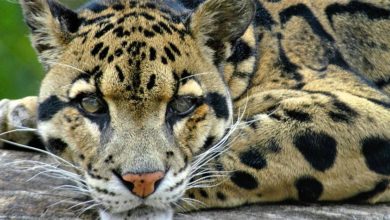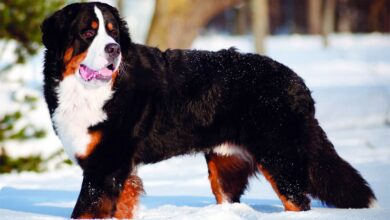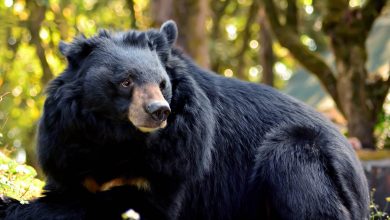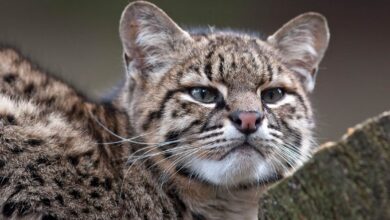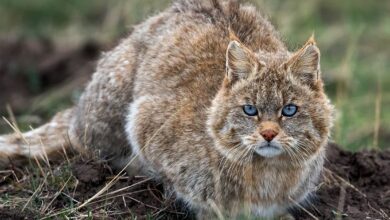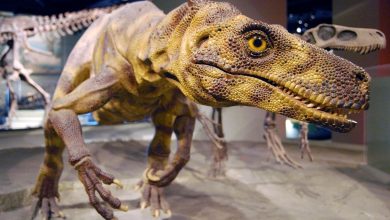Man-eaters: Crocodile Gustave
Gustave crocodile – the largest contemporary man-eater
Gustave is the largest man-eater which lives nowadays. It is a Nile crocodile, measuring about 6 m (19ft 8in) in length and weighing about 1 ton (2200 lb). Nile crocodile, as a species, is also the largest African crocodile and the second largest reptile of the world after the saltwater crocodile. Gustave is widely known to be responsible for more than 300 deaths among the population of the Ruzizi River and the northern shores of Lake Tanganyika.
Territory
The Gustaw crocodile resides in Lake Tanganyika and in the Ruzizi River.
Hunting for entertainment?
The natives claim that Gustav kills not only for food, but also for entertainment. They say it kills several people in one attack and then disappears for several months. After a break, it appears in another place and kills there again.
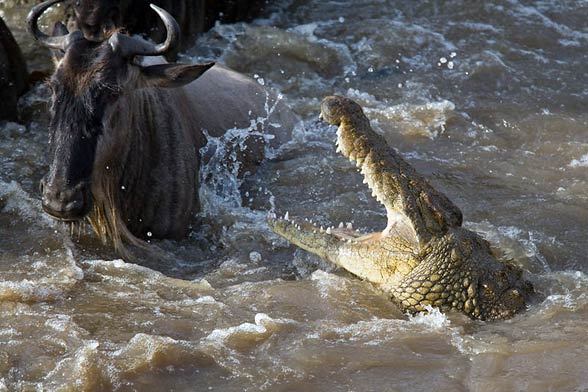
Hunting for hippos
Residents of Burundi (because that’s where Gustave attacks) say that he can hunt an adult male hippopotamus. It is difficult to confirm these reports, and at the same time, it is difficult to deny them.
Numerous scars
On the body of the crocodile, there are numerous scars of knives, bullets, spears … His skin is supposedly thick like a bulletproof vest. A dark spot on the top of the head is apparently a visible bullet mark. However, he was not killed by hunters or soldiers. The crocodile even bypasses the underwater traps – never swam to the cage, just swam around it, irritating hunters with its impudence.
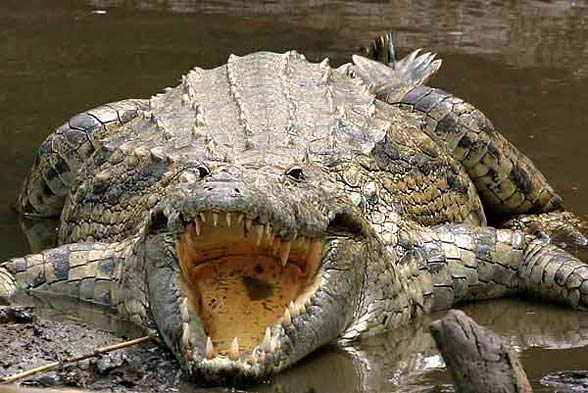
It is estimated that by 2010, Gustav killed over 300 people on the banks of the Ruzizi River and in the northern part of Lake Tanganyika.
Gustav’s age
How old is Gustave? It is suspected that about 60. This would explain his intelligence and experience. It is known that with age we all acquire wisdom (at least in theory and only some of us…)
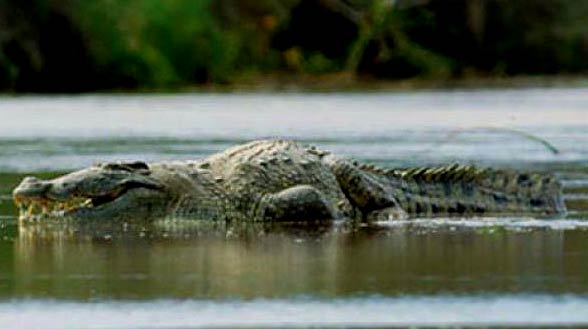
Hunting Gustave
Many hunt for him, but probably only one does not want his death. We are talking about Patrice Faye. His mission is to protect Gustav against the revenge of the natives. He would like to capture the crocodile and put him in a safe place for both people and the crocodile. He does not exclude the use of Gustav as the father of future generations of Nile crocodiles. In this way, Faye would like to protect the species from extinction. A place for Gustav already exists – waiting for him in the Ruzizi National Park in Burundi.
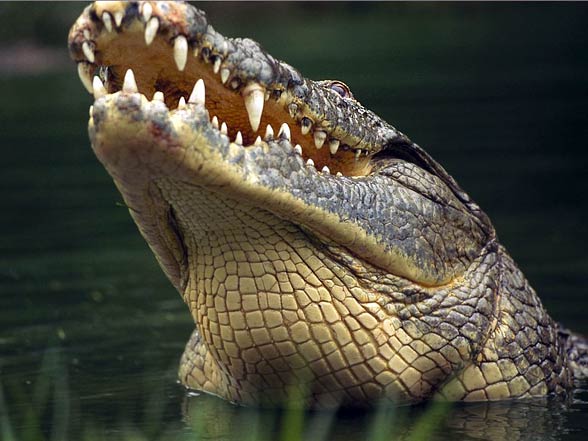
Data / Dimensions
Gustav crocodile
- Length: 5.5 – 7.5 m (18 – 24 ft 7 in)
- Weight: over 900 kg (1984lb)
- Age: rather, not more than 60 years (Gustave has a set of teeth – older crocodiles would have to use glue for prostheses ;)) Older individuals have very thinning teeth. Gustave was born probably around 1955.
- Gustave is still growing

Gustave crocodile – interesting facts
- Herpetologist Patrice Faye gave Gustave a name. Faye has been researching and searching for Gustave since the second half of the 1990s.
- A lot about Gustav and his search and attempts to catch can be learned from the movie “Capturing the Killer Croc” from 2004.
- Gustave has three bullet scars on his body. His right shoulder was also deeply wounded. However, the circumstances of these wounds are unknown.
- Researchers and herpetologists researching the Gustav phenomenon, argue that its length and weight make it difficult for him to hunt agile prey such as fish, antelopes or zebras. He is forced to attack larger animals such as hippopotamuses, large wildebeests and, to some extent, people who are easy victims to him.
- Local tales say that Gustav often leaves his victims uneaten.
- Gustave was last seen in 2015. One of the local residents claims that he saw Gustave pulling a male buffalo on the river bank.
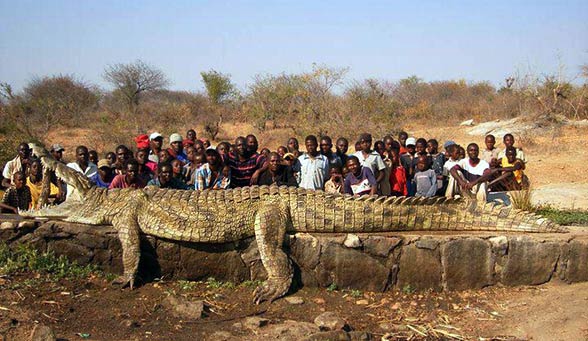
Recommended
- Largest crocodiles Top 10
- Man-eaters
- Saltwater crocodile
- Beast of Gévaudan
- Deinosuchus
- Sarcosuchus – SuperCroc
- Animal records




